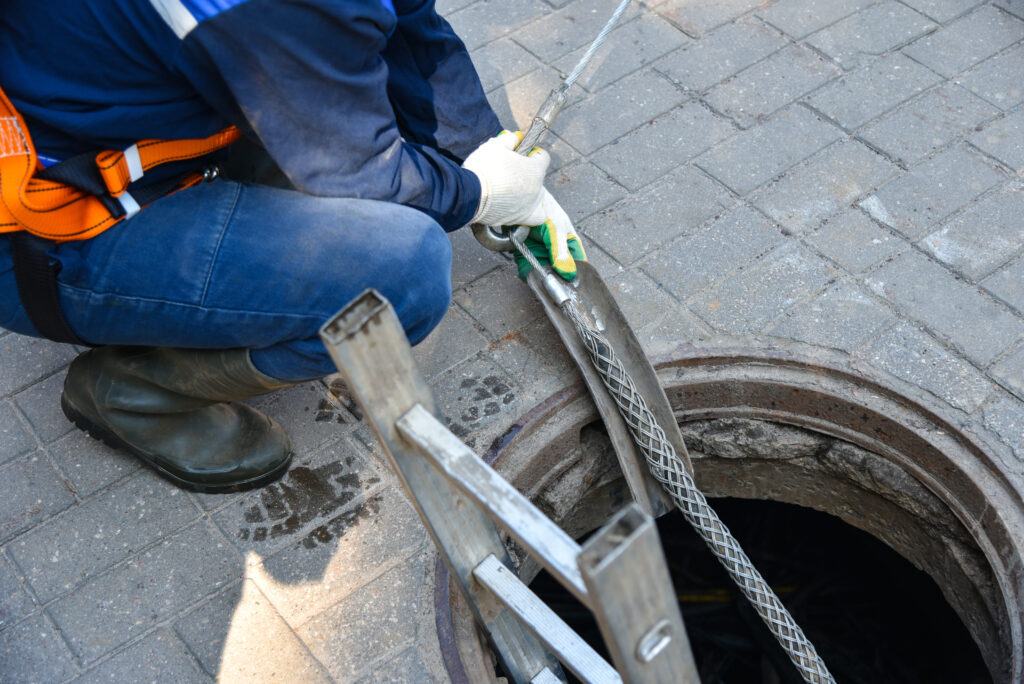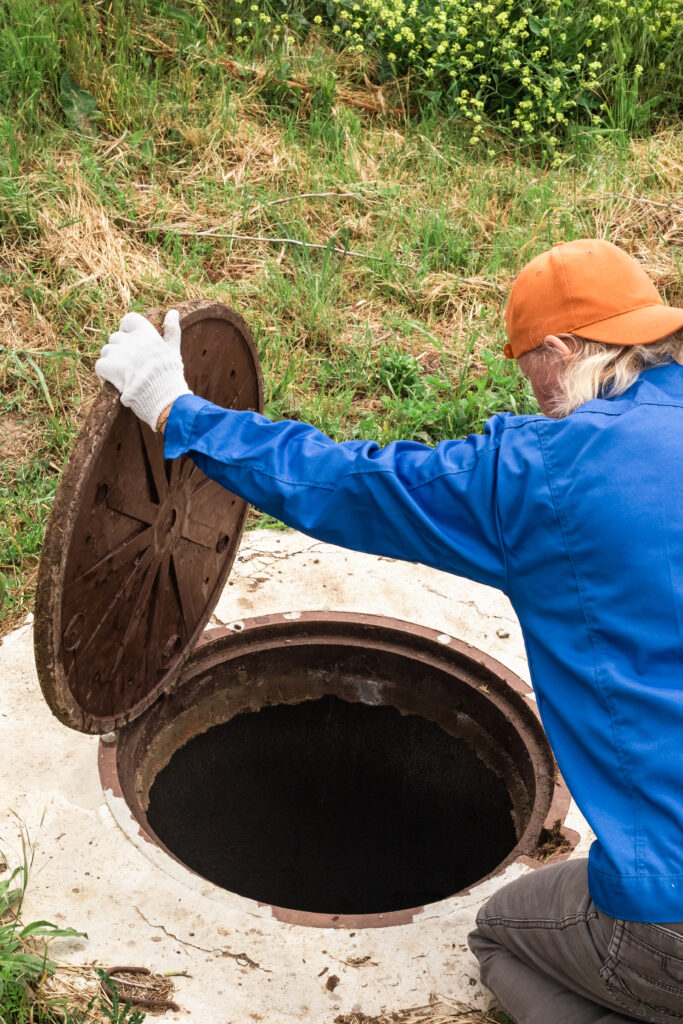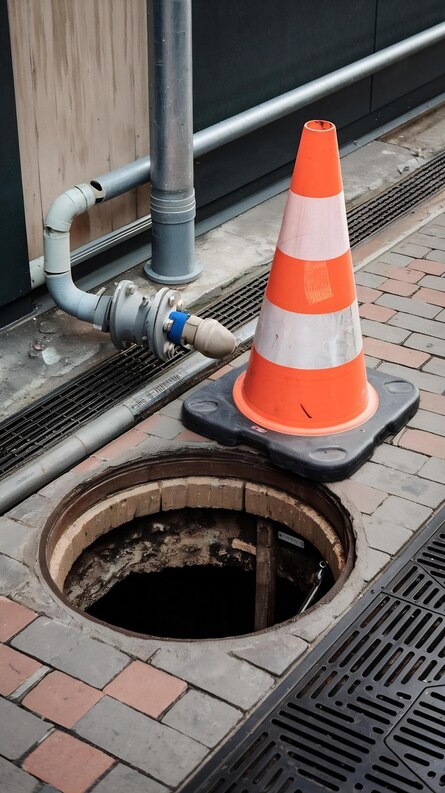Rated by Thousands of Satisfied Customers
SEWER CAMERA INSPECTION
Video Camera Line Inspection Process – SNL Pumping
The “Video Camera Line Inspection Process” at SNL Pumping is a thorough and efficient method used to inspect and evaluate the condition of pipelines, sewer lines, and other conduits. This process is essential for early detection of blockages, leaks, or structural damage, helping to prevent costly repairs down the line. Here’s a breakdown of the typical steps involved in our inspection process:
Preparation:
We gather all the necessary equipment, including video cameras, cables, lights, and protective gear, ensuring the team is ready to perform a safe and effective inspection.Setup:
The camera is installed on specialized inspection equipment, which can be either a handheld device or a mounted system, depending on the size and type of the pipeline being inspected.Calibration:
Before the inspection, the camera system is calibrated to adjust lighting, focus, and angles, ensuring we capture the clearest and most accurate images.Insertion:
The camera is carefully inserted into the pipeline via an access point. Our trained technicians expertly guide the camera through any bends and junctions within the pipeline.Inspection:
As the camera moves through the pipeline, it records high-resolution video footage, providing a detailed view of the interior and capturing any potential issues like cracks, corrosion, or blockages.Analysis:
Once the footage is recorded, our technicians thoroughly review and analyze it to identify any anomalies or damage. This allows us to pinpoint exactly where problems may exist.Reporting:
A comprehensive report is prepared, detailing any issues found during the inspection, along with their location and severity. This report is shared with the client, providing clarity on the condition of the pipeline.Remediation:
Based on the inspection results, we take necessary corrective measures, whether it’s repairs, cleaning, or preventative maintenance, to ensure the pipeline functions optimally.Conclusion:
The inspection process is summarized, and the data is archived for future reference. This information is valuable for scheduling future maintenance or addressing regulatory compliance.
The “Video Camera Line Inspection Process” at SNL Pumping ensures early detection of pipeline issues, reducing the risk of major disruptions and ensuring the longevity and safety of your system.


How Does a Septic Tank Work?
A septic tank is a critical component of your home’s wastewater management system, ensuring the safe and efficient treatment of household wastewater. Here’s an overview of how a septic tank functions:
Wastewater Collection:
All the wastewater from your home’s toilets, sinks, showers, and laundry flows into the septic tank.Separation of Solids and Liquids:
Inside the tank, solids like sludge settle to the bottom, while lighter materials, like grease and scum, float to the top. The clear liquid in the middle is called effluent.Biological Treatment:
Beneficial bacteria in the tank break down the solid waste, decomposing the organic material naturally.Treatment and Clarification:
The clarified effluent in the middle exits the tank and moves into the drain field for further treatment.Drain Field:
The treated effluent is distributed through perforated pipes in the drain field, allowing it to seep into the surrounding soil.Soil Filtration:
The soil acts as a natural filter, removing harmful bacteria and pollutants, with the purified water eventually reaching groundwater or being absorbed by plants.
Septic tanks play a vital role in reducing the environmental impact of sewage disposal. To keep your system working efficiently, regular septic tank pumping is essential to remove solid waste buildup. This helps prevent blockages and ensures the system’s longevity.

How to Care for Your Septic System
Proper care and maintenance of your septic system are crucial to ensure its optimal function and long life. Here are some tips for keeping your system in top shape:
Regular Pumping:
Schedule regular septic tank pumping as advised by professionals to prevent overload and maintain efficiency.Water Conservation:
Conserve water to ease the load on your septic system, and repair leaks promptly to prevent excess water from entering the system.Proper Waste Disposal:
Only flush human waste and toilet paper. Avoid flushing wipes, feminine products, and non-biodegradable items that can clog the system.Avoid Harsh Chemicals:
Harsh chemicals can disrupt the bacterial balance in your tank. Use septic-safe products instead.Regular Inspections:
Have your system inspected regularly to identify potential issues early, avoiding costly repairs.Landscaping Considerations:
Avoid planting trees or shrubs with deep roots near the septic system to prevent damage.Protect the Tank and Drain Field:
Keep heavy machinery or vehicles off the drain field and tank area to avoid soil compaction and damage.Understand Local Regulations:
Ensure compliance with local regulations to avoid fines and penalties.Educate Household Members:
Ensure that everyone in your home understands how to properly care for the septic system.Emergency Preparedness:
Know where your septic tank is located and have a plan for emergencies. Contact professionals for assistance as needed.

By following these guidelines, you can maintain an efficient septic system, prolong its life, and protect your property and the environment.

